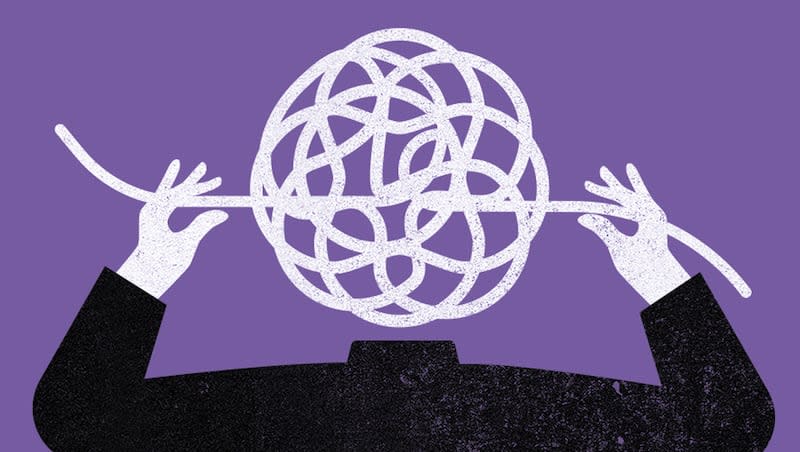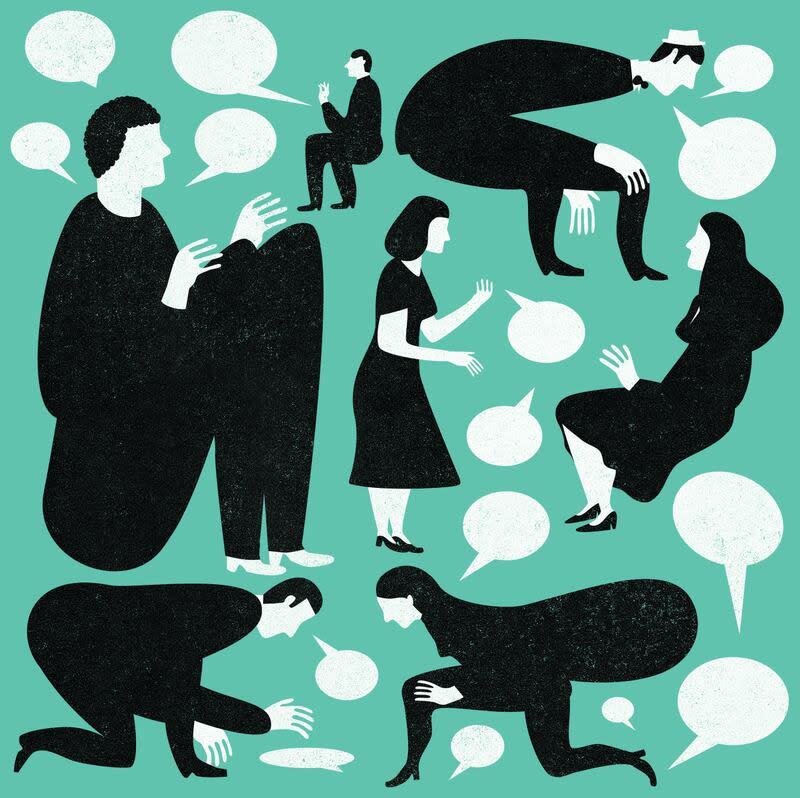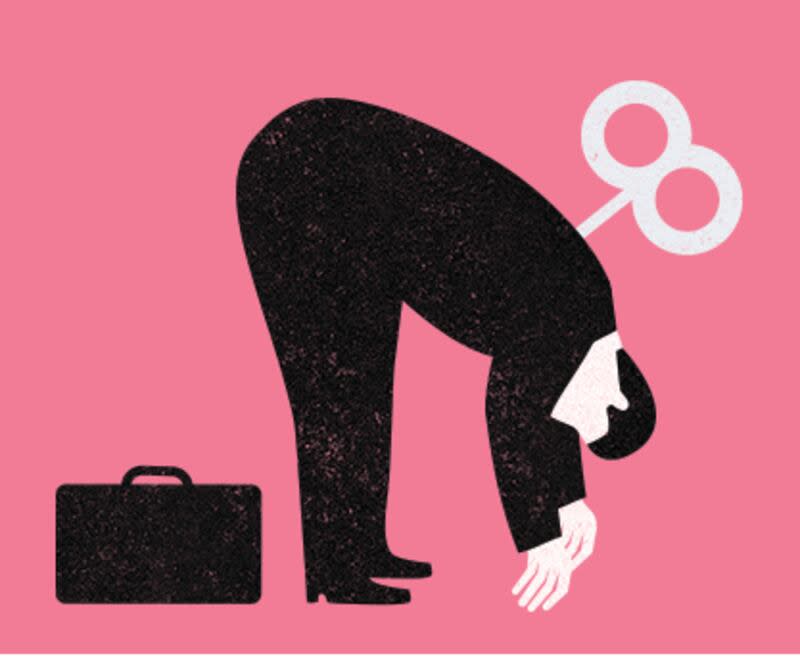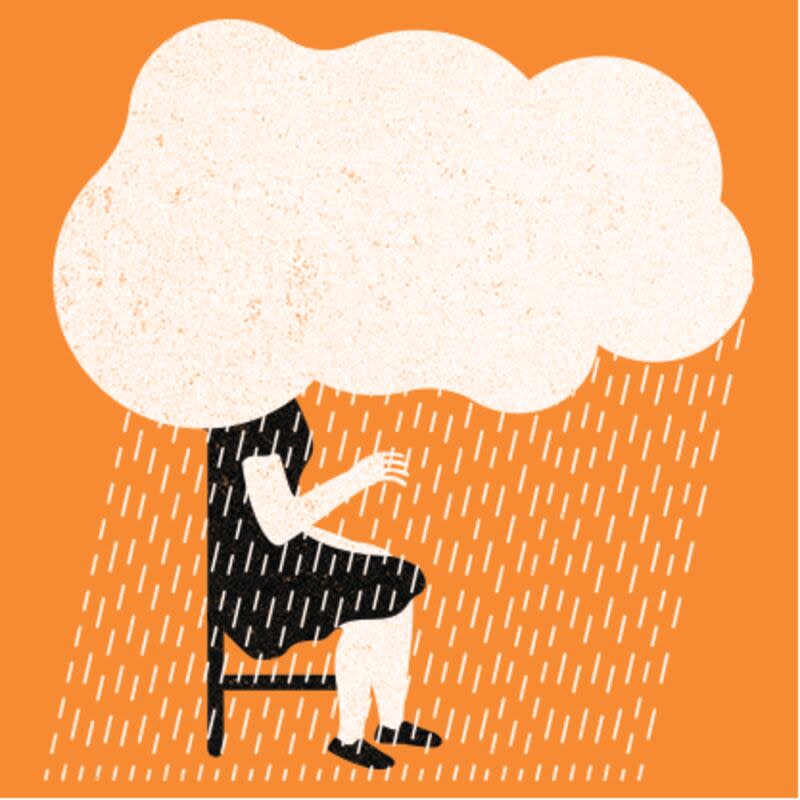Couch bound

Americans have been going through it. And more than ever before, they want to talk about it.
Many find comfort and hope in getting outdoors, being physically active, eating right, sleeping better, engaging in their community or talking to an ecclesiastical leader, but for those who benefit from professional help, the stigma seems to be gone.
People brag about getting therapy on dating profiles and social media. They download smartphone apps that promise to help with anxiety, depression, grief or PTSD.
Demand is increasing so fast that U.S. senators on both sides of the aisle want to ensure there are enough qualified providers to meet it. How can therapy change mental health?
1 in 5 Americans
That’s how many are in therapy now, including about 10 percent more women than men, according to the Centers for Disease Control and Prevention, and more young people. A recent study from the American Psychological Association found that 35 percent of millennials and 37 percent of Gen Z have received treatment from a mental health professional, compared with just 26 percent of Gen Xers and 22 percent of baby boomers.
What is it anyway?
Psychologytoday.com defines psychotherapy as “a form of treatment aimed at relieving emotional distress and mental health problems. Provided by any of a variety of trained professionals — psychiatrists, psychologists, social workers or licensed counselors — it involves examining and gaining insight into life choices and difficulties faced by individuals, couples or families.” Talk therapy is often used alongside psychotropic medication.

A dismal top 5
Depression, anxiety, relationships, addiction and sleep issues are the biggest factors driving people to seek therapy. But studies also link these issues to news headlines. A 2018 APA survey found that 75 percent of respondents aged 15-21 said that mass shootings are a significant source of stress. They were also concerned about immigration policies like deportation and family separation (57 percent to 45 percent) and sexual harassment and assault (53 percent to 39 percent).
“It is still largely an unregulated field. There’s licensing for psychologists, psychiatrists, social workers, licensed counselors. But the terms psychotherapist and counselor are not legally regulated in any state.” —John C. Norcross, clinical psychologist from the University of Scranton who for 45 years has researched therapy’s effects on Americans .
Real talk
Psychoanalysis is the talking cure you see in old movies, involving long years of committed therapy with a certain provider, delving into past experiences and unresolved emotions to understand “the influence of such unconscious forces as repressed impulses, internal conflicts and childhood traumas on the mental life and adjustment of the individual,” according to the APA. It has been effectively used to treat depression, anxiety and borderline personality disorder, among others.
Problem solving
CBT or cognitive-behavioral therapy is focused on practical tools for coping with emotional issues. Patients learn to recognize faulty thought patterns (e.g., this failed so it will never work) and replace them (this has worked before, it just didn’t work this time). They also learn to better understand the behaviors of others and practice mindfulness to seek calm in the storm. CBT can help with a broad range of issues, like chronic pain, ADHD, eating disorders and even schizophrenia.
10 sessions
That’s about all it takes for a short-term therapy cycle these days. Fifty years ago, the same results could require up to 40 sessions. There are now reliable treatments for problems that were once difficult to handle, like trauma, panic disorder and obsessive-compulsive disorder. Not only is this more cost-efficient, but the decreased time commitment makes it easier for patients to follow through.

10,000 short
That’s the national deficit in mental health care providers forecast for 2025, according to the Department of Health and Human Services. Forty-seven percent of Americans already live in a “mental health workforce shortage area,” according to KFF, a health policy research group. Texas, California and Florida face the gravest shortfalls; Nevada and Arizona rank 12th and 13th, respectively, while Idaho ranks 34th and Utah 35th. Telemedicine may help, and some communities are even training barbers to pitch in.
I, robot
Some are excited to incorporate artificial intelligence into mental health care, as a complement to trained professionals. Skeptics may cringe, but the APA believes AI can automate administrative tasks, help train new therapists and use chatbots to streamline treatment, making therapy “more accessible and less expensive.” AI may even start listening in on sessions, tracking symptoms and highlighting themes for practitioners to review.

Eight years a postgrad
Training for therapists varies, as do their titles. A counselor or licensed clinical social worker might start with a master’s program in psychology, marriage and family therapy or counseling, followed by three to five years of practice and a successful licensing exam. Psychiatrists can prescribe medication, so they must complete four years of med school and four more in residency.
This story appears in the March 2024 issue of Deseret Magazine. Learn more about how to subscribe.

